Deep Sleep & Pranayama
11 months ago By Yogi AnoopDeep Sleep and Pranayama: Mental and Physical Restoration Through Yoga
The Importance of Deep Sleep and Its Preparation
Deep sleep is not merely a physical state but a profound experience of mental and spiritual restoration. It is a state where the mind becomes completely thought-free, and the sensory and motor organs of the body relax entirely, rejuvenating themselves.
However, in today’s fast-paced lifestyle, deep sleep has become increasingly rare. The excessive use of mobile devices or other gadgets late into the night, irregular routines, and mental unrest significantly disrupt sleep. Hence, preparing oneself for deep sleep becomes essential. This preparation involves relaxing the muscles and mind, recovering from the day’s exhaustion, and practicing mental tranquility.
Preparation for Deep Sleep
Preparing the body and mind before sleep is crucial. This preparation is not limited to deciding a bedtime but involves systematically relaxing the muscles and recharging them for optimal functioning.
Specific breathing exercises (pranayama) must be practiced before sleeping. These pranayama techniques calm the five sensory organs (eyes, ears, nose, tongue, skin) and the five motor organs (hands, legs, speech, anus, genitals), releasing them from daily stress.
Although the breathing techniques may vary depending on an individual’s needs and condition, there are certain exercises that are universally safe and beneficial for most people.
Ujjayi Pranayama: The Key to Deep Sleep
Ujjayi Pranayama, an effective yogic practice, can significantly aid in achieving deep sleep. It reduces physical and mental stress, guiding you into a state of peace and depth. The method of Ujjayi Pranayama is as follows:
1. Inhalation (Pooraka): Breathe in through the nose.
2. Exhalation (Rechaka): Exhale through the throat and mouth, controlling the breath.
This technique focuses on the muscles of the throat, tongue, and jaw, which remain highly active throughout the day, whether during conversations, eating, or even internal thoughts. Ujjayi Pranayama provides deep relaxation to these overworked muscles.
The subtle sound generated through the throat during breathing is the hallmark of this practice. However, it is essential to ensure the process is not forceful. It should be performed naturally and smoothly, ideally under the guidance of an experienced instructor.
Method of Practicing Ujjayi Pranayama
To practice this pranayama, sit upright at a 60-degree angle or recline at a 30-degree angle. Initially, practice for 10-11 minutes. This posture is particularly beneficial for individuals experiencing headaches, digestive issues, or disrupted sleep.
Approximately 70% of people face sleep disturbances due to abdominal tension, while only about 30% struggle with excessive mental activity. This pranayama addresses both abdominal stress and mental imbalance, bringing holistic relief.
Those who practice Ujjayi Pranayama correctly not only experience deep sleep but also notice improved digestion and bowel movements upon waking. However, it is important not to expect 100% results on the very first day.
Gradual Improvement Through Practice
The process of improvement begins gradually within a few days. Achieving deep sleep and enhancing the body’s internal functions is a progressive journey. This practice cultivates a habit and discipline that, over time, energizes both body and mind.
However, this practice must be undertaken with patience and understanding. Hastiness or incorrect methods can lead to harm. Ujjayi Pranayama should be adopted with proper knowledge, deep comprehension, and consistent practice.
Ujjayi Pranayama: A Gateway to a Balanced Life
Ujjayi Pranayama is not just a method for deep sleep but also a tool for achieving balance between the mind and body. Regular practice allows one to experience mental and physical tranquility.
When practiced with sincerity and dedication, it not only improves sleep but also brings balance and vitality to one’s entire life.
Achieving deep sleep is not just about rest but about the reconstruction of the mind and body. Through yoga and Ujjayi Pranayama, this profound experience is not only achievable but sustainable.
Recent Blog
Copyright - by Yogi Anoop Academy
